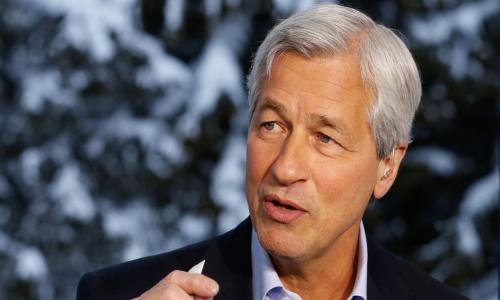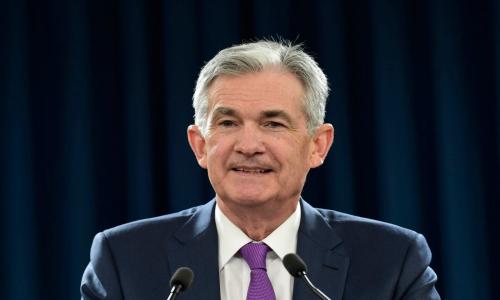In this Bloomberg piece, published today, Bill Dudley makes a compelling case against raising the FDIC insurance limit from the current $250,000 per account (learn more about FDIC coverage here).
First, Dudley recognizes the importance of protecting depositors who, he says, have “just two modes, complete inattention or total panic.” He also recognizes that bank runs can now happen with unprecedented speed due to social media, as we witnessed with Silicon Valley Bank and Signature Bank.
However, he points out that raising the FDIC limit would cause certain banking institutions to take on even greater risk and, through the process whereby all banks fund the FDIC, create a mechanism through which conservatively run institutions subsidize more risky banks.
Dudley therefore proposes an alternative where the Fed’s lender of last resort functions that were used in the 2008 financial crisis are expanded and made permanent. A bank would need to pledge sufficient collateral to the Fed to cover its uninsured deposits and, after assigning values to that collateral, the Fed would promise to make that bank's depositors whole.
Dudley says that the depositors will not run on the bank because they will know that each bank has provided the Federal Reserve with the collateral enabling it to always have cash that will meet its deposit requests.
But, I am not so sure that Dudley’s solution would deter anxious depositors from bank runs.
Well-capitalized banks will have no problems meeting the Fed’s collateral requirements and other banks would, as Dudley says, “face powerful incentives to change how they operate.” But is that really what we want? Our economy needs banks that operate aggressively and unconventionally.Especially in this day and age where we are moving across a climate tipping point, we need some subset of banks to take on risk that Chase, Wells or Bank of America will not take on. And, I do not think we want our entire financial system to be entirely concentrated in US Treasuries which, under Dudley's proposal is the security that each bank will basically wind up needing to provide as collateral to the FDIC (US Treasuries will have the highest collateral value).
In short, I think Bill Dudley makes some good points, but the biggest problem with the current environment is that uninsured deposits are being pushed into US Treasuries and the largest banks. We need solutions to the FDIC limits that are designed to backstop depositors at midsized and smaller banks, and to create a vibrant non-concentrated banking market in the US again.









Add your Comment
or use your BestCashCow account